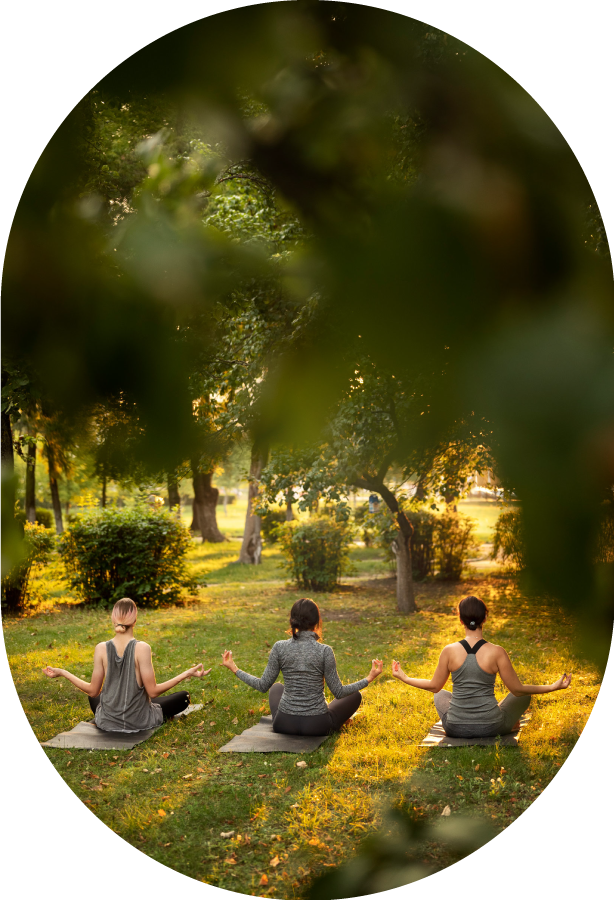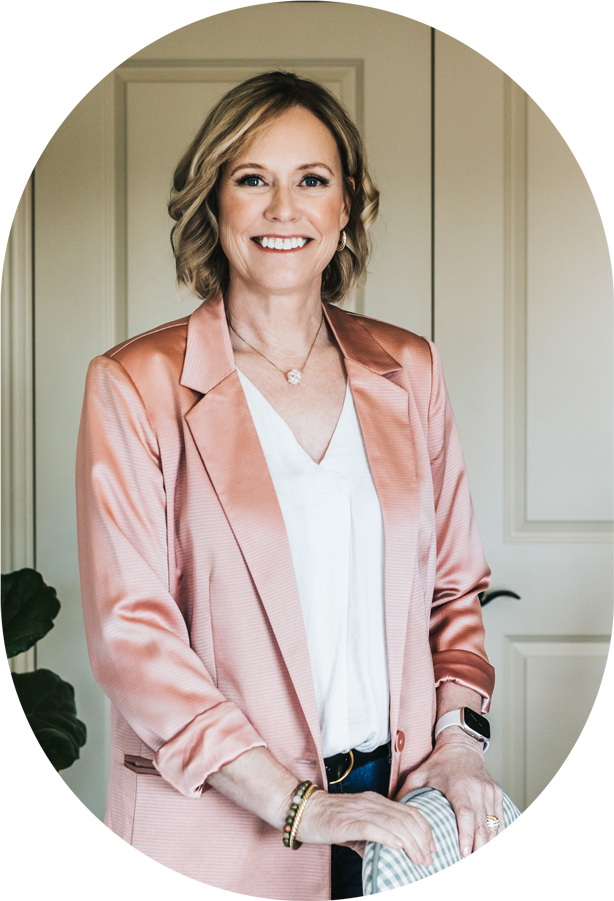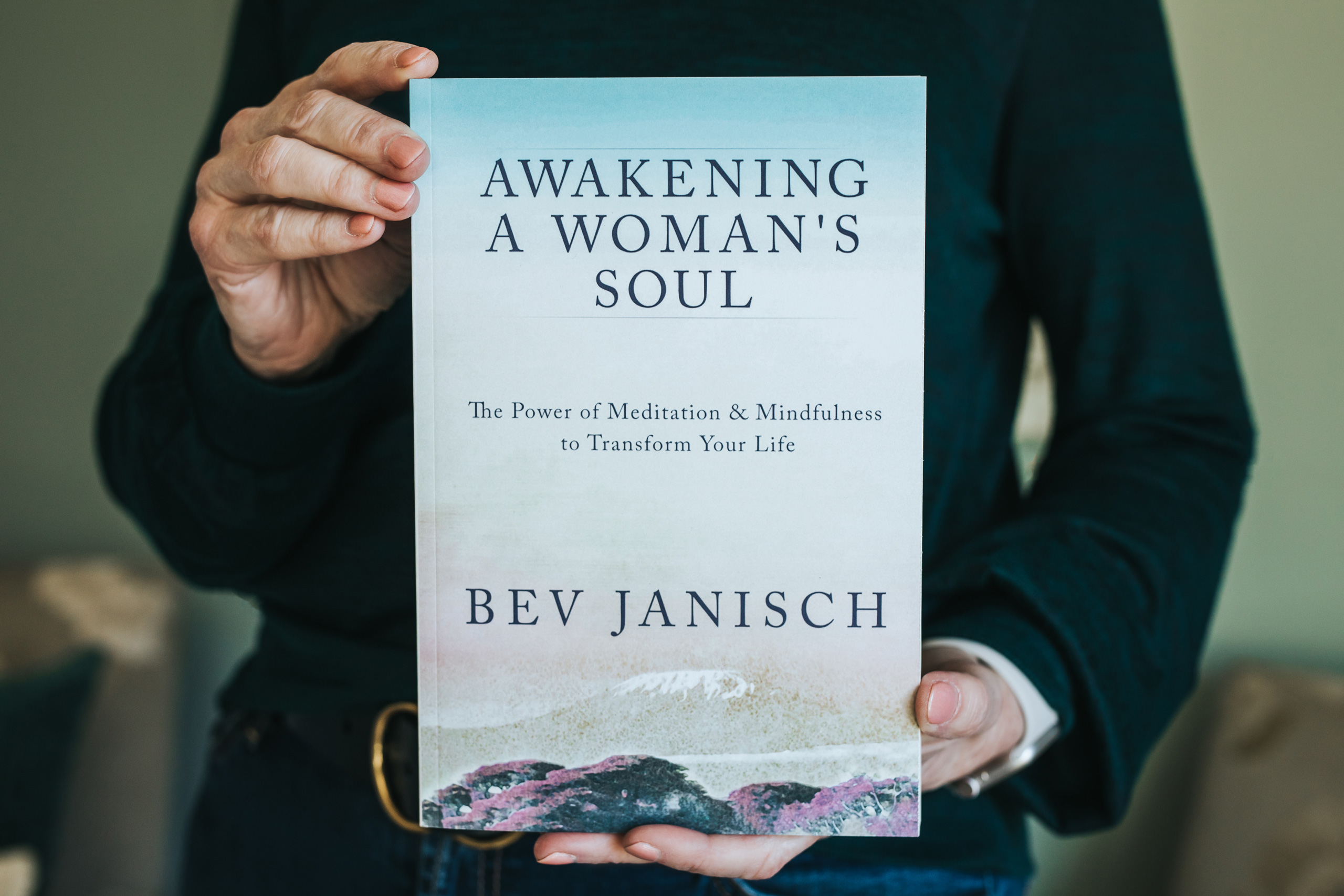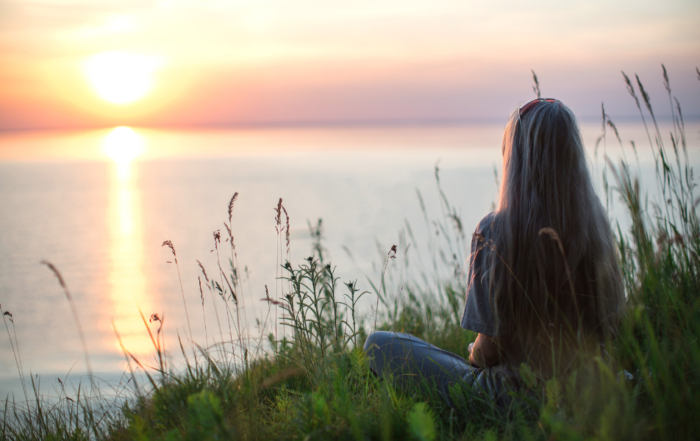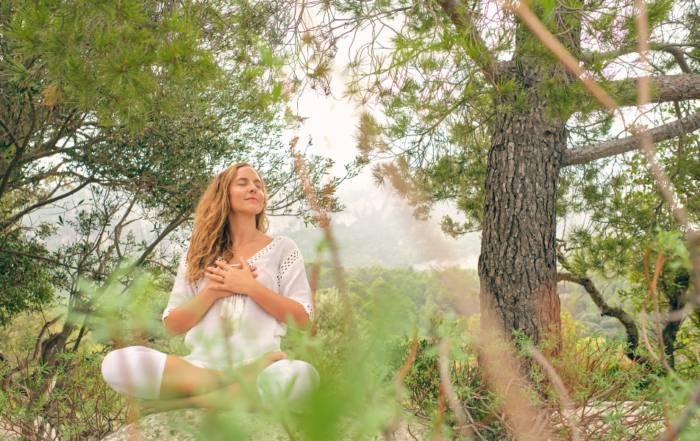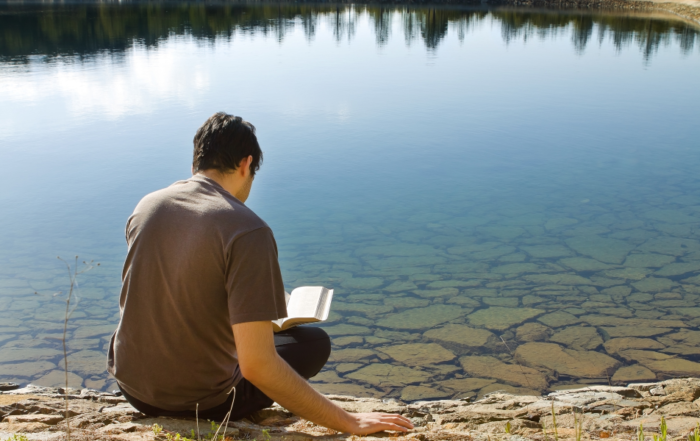Welcome, I’m Bev!
As a meditation teacher and mindfulness coach,
I empower awakening souls to flourish
as spiritual beings living stressful human lives.

Welcome, I’m Bev!
As a meditation teacher and mindfulness coach, I empower awakening souls to flourish as spiritual beings living stressful human lives.
Are you ready to discover the best version of yourself and live with greater ease?
Too many weary souls are disconnected from themselves and struggling with stress-related health issues and a lack of meaning and purpose.
I get it because I’ve been there.
My journey to live an authentic life with less stress and greater ease ignited my passion for sharing practical tools and wisdom with other courageous souls embarking on their self-discovery journey.
When we let go of what’s holding us back from becoming who we were born to be, we discover our true nature and live happier, healthier, and more peaceful lives.
It’s my deepest desire that my blog, book and coaching empower you to flourish.
“And the day came when the risk to remain tight in a bud was more painful than the risk it took to blossom.” ~Anais Nin
Who is Bev Janisch?
Meditation Teacher & Mindfulness Coach
Bev Janisch is a former nurse turned certified meditation teacher and mindfulness coach who empowers awakening souls to flourish as spiritual beings living stressful human lives. Bev founded The Compassionate Mind, which offers a holistic approach to mindfulness and meditation grounded in ancient wisdom and adapted for modern lives, enabling people to live with less stress and greater ease. Through teaching, coaching, and writing, Bev is passionate about illuminating the journey of self-discovery to awaken our true selves with lives that feel good to our souls.
Join The Compassionate Mind meditation community.
Stay in touch about blogs, resources and the Flourishing Through Meditation online free gatherings for folks interested in holistic, practical approaches to meditation and mindfulness. You’ll receive The Beginner’s Guide to Meditation to empower you to begin or get back on track. The guide includes an audio recording and a link to a free app with thousands of guided meditations—We’re looking forward to staying in touch!
